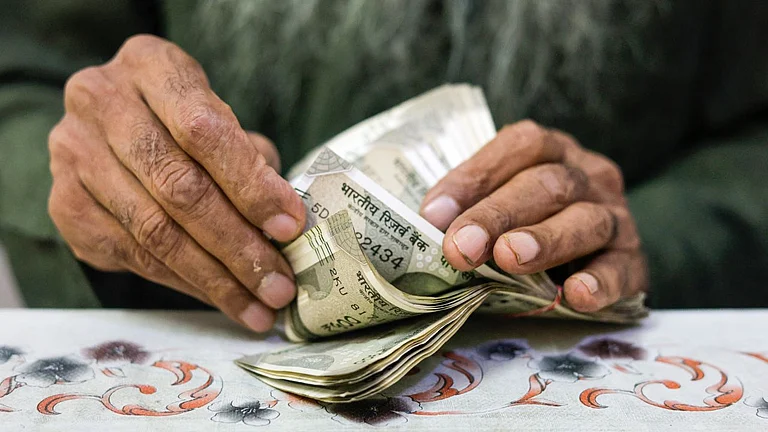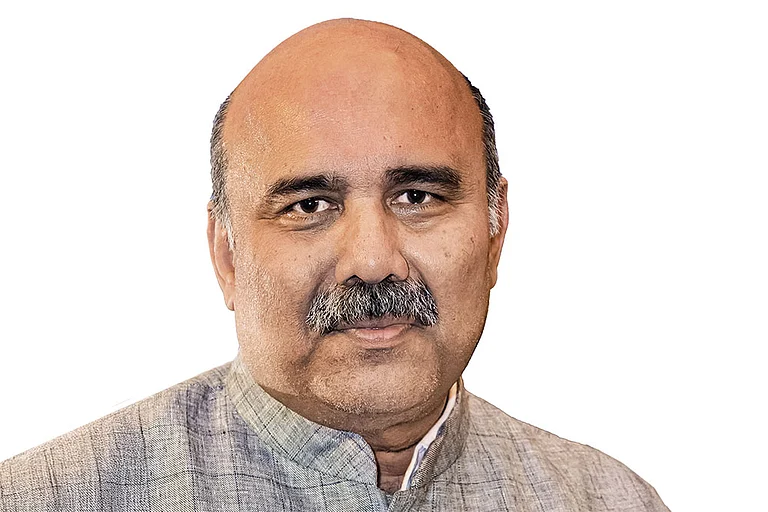The Reserve Bank of India (RBI) on Friday has proposed extending the lower risk weights on home loans by one more year until March 31, 2023. This move would benefit borrowers as it “will facilitate higher credit flow for individual housing loans,” said Shaktikanta Das, RBI governor.
Experts say this move would help banks lend more to individual homebuyers as the pressure on their balance sheet would be less. As risk weightage is lowered, the need for capital provision also reduces and the banks have more funds to provide higher credit to borrowers. Risk weightage is determined based on how risky the apex bank considers a type of loan to be. In other words, risk weight determines the capital that the lender has to set aside for every loan. It is a percentage of the loan disbursed.
In October 2020, the RBI had decided to rationalise the risk weights by linking them with ‘Loan to Value’ (LTV) ratios for all new housing loans sanctioned up to March 31, 2022.
The RBI said in a statement: “Recognising the importance of the housing sector, its multiplier effects and its role in supporting the overall credit growth, it has been decided that the risk weights as prescribed in the circular ibid. shall continue for all new housing loans sanctioned up to March 31, 2023.”
As per RBI’s October 2020 circular, housing loans attract a risk weight of 35 per cent, if their LTV ratio is 80 per cent or lower. In cases where the LTV ratio is higher than 80 per cent but less than or equal to 90 per cent, the risk weights are 50 per cent.
The requirement of standard asset provision of 0.25 per cent continues for such loans.
“The rationalisation of risk for individual home loans will boost participation in this sector,” says V. Swaminathan, CEO, Andromeda and Apnapaisa.

The other positive for home loan borrowers is that the RBI has kept the repo rate (the rate at which it lends to banks) unchanged. Despite inflation edging higher in the aftermath of the Russia-Ukraine war and surging oil prices, the RBI has kept the repo rates unchanged at 4 per cent and the reverse repo rate at 3.35 per cent. This is the eleventh consecutive time that the central bank has maintained status quo amid uncertainties and the global economy also seeing a sharp rise in inflation.
With repo rate remaining the same, the interest rates on home loans will continue to be at their current low levels.
“The real estate industry had been gearing up for an increase in the repo rates, and the fact that this has not happened is obviously positive for home loan borrowers. Developers’ input costs have been inflating steeply and a hike in property prices is more or less inevitable. Moreover, the acquisition cost in Maharashtra has gone up by 1 per cent on account of the metro cess applicable from this month. To this sombre backdrop, increased home loan lending rates would have been a considerable setback,” says Anuj Puri, chairman, Anarock group.
Homebuyers can continue to avail of decadal-low home loan interest rates. “The overall cost of living has increased significantly… and the RBI has taken a proactive and necessary step to maintain relative housing affordability in the country,” adds Puri.














